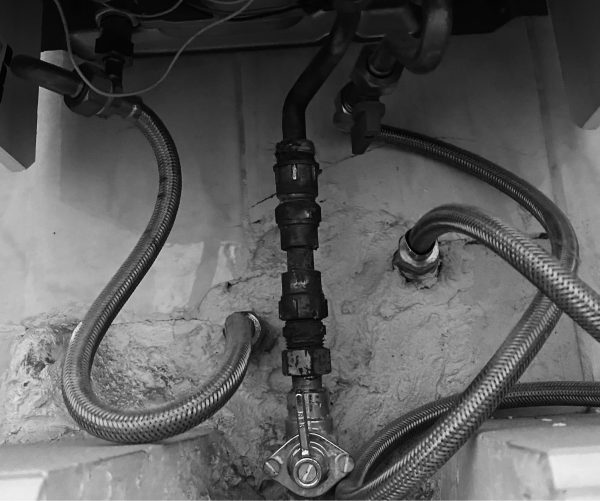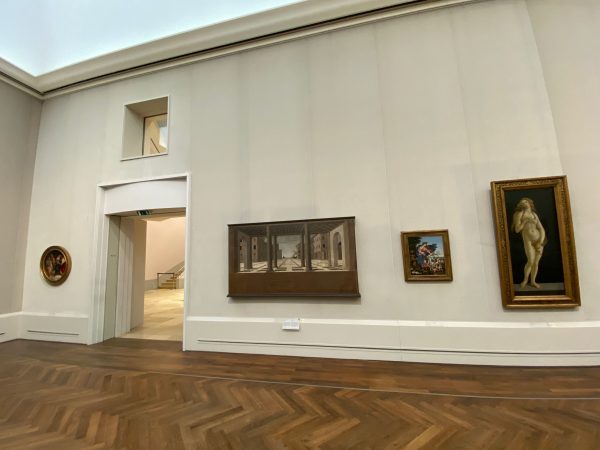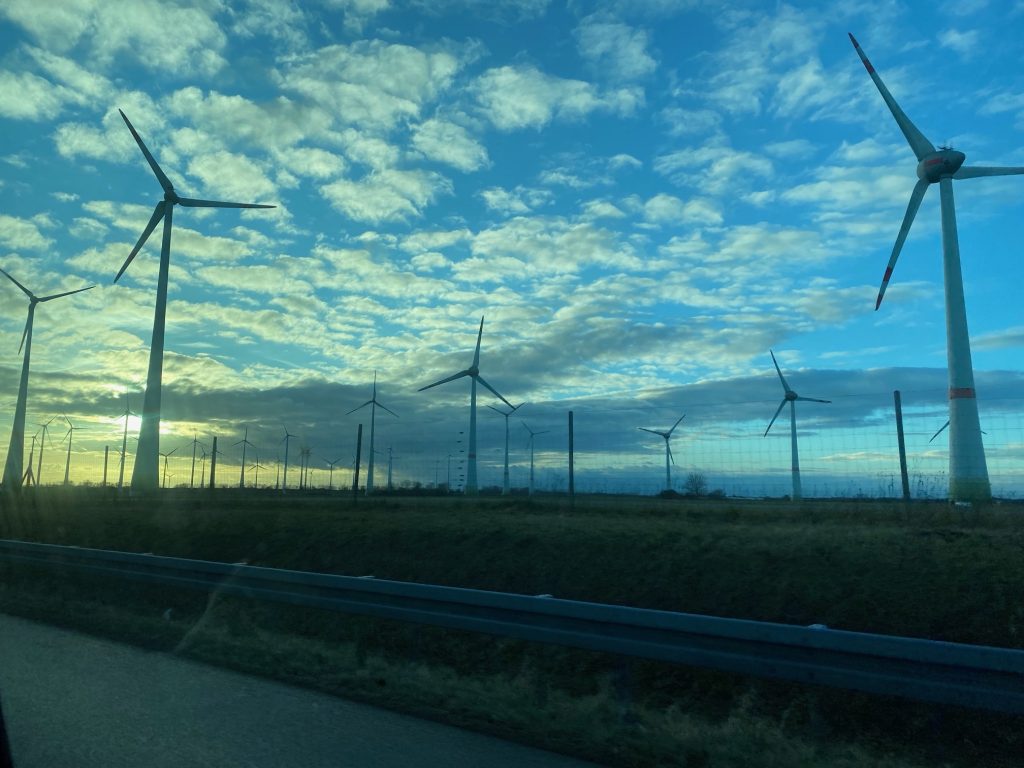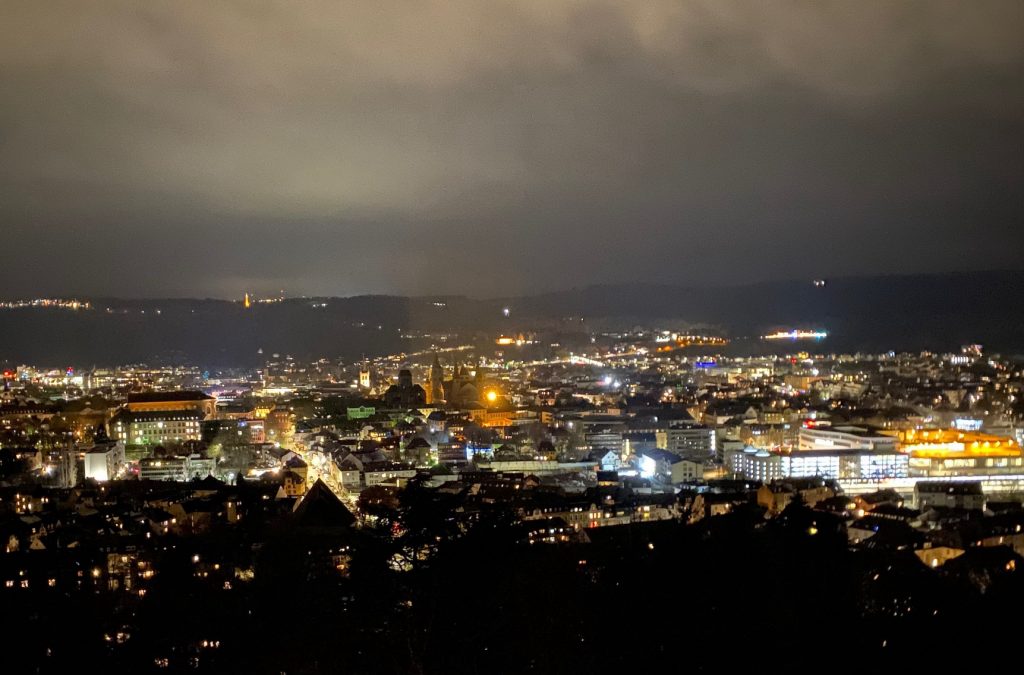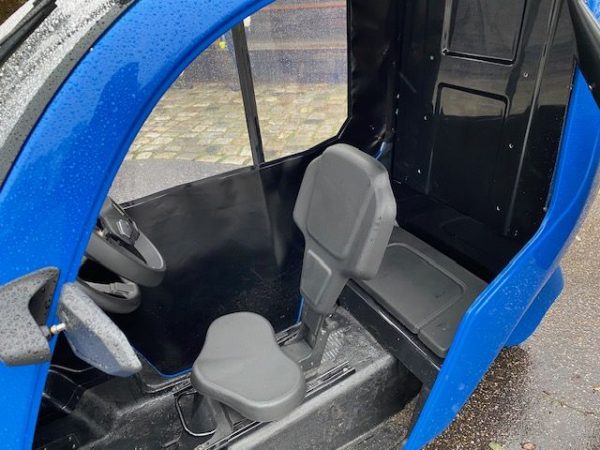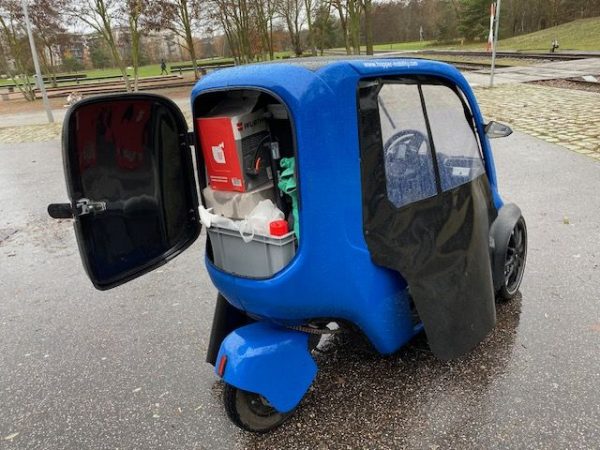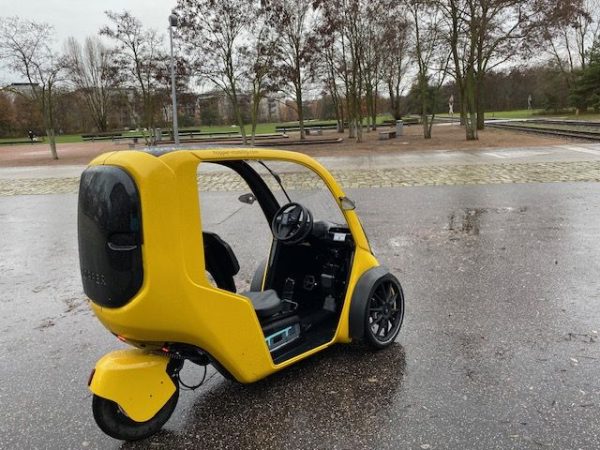Uncertainty is a catchword for all sorts of undetermined occurrences, which we might have to confront. We associate economic uncertainty with the difficulty to forecast or predict the economic evolution of key indicators like inflation, GDP, CO2-emissions, energy and raw materials’ prices and availability. Even factors like increases in greed of CEOs, psychological factors like insecurity about external or internal conflicts drive these macroeconomic indicators. Micro-level features of your own stage or evolution of the life course have an impact on and will be affected by uncertainty. Employment, housing, family, or household composition are subject to high levels of uncertainty. These micro- and macro- level factors are, of course, not limited to the domain of economic phenomena. Most recently, political uncertainty has reentered the international and national sphere with the re-election of Donald Trump as president of the United States. This election outcome of the U.S. is perceived by many as increasing the overall uncertainty due to the unpredictability of political decisions and even previous treaties with the U.S. or where the U.S. is a major partner in the agreement. These economic and political uncertainties are accompanied with a perception of growing legal uncertainty even in very personal spheres of life. Last, but not least uncertainty about climate changes like heating up of the planet and more devastating flooding and droughts contribute to increased uncertainty about future developments and the need to initiate adjustment processes and the financing of those.
The individual and societal ways to cope with increased uncertainty are one of the major economic, political, legal and social issues for the coming years. The answers are likely to be found in mutual, cooperative and risk sharing arrangements. The social in society will be a major part of dealing with increased uncertainty.  (Image: Extrait of Paul Klee, Seiltänzer 1923)
(Image: Extrait of Paul Klee, Seiltänzer 1923)
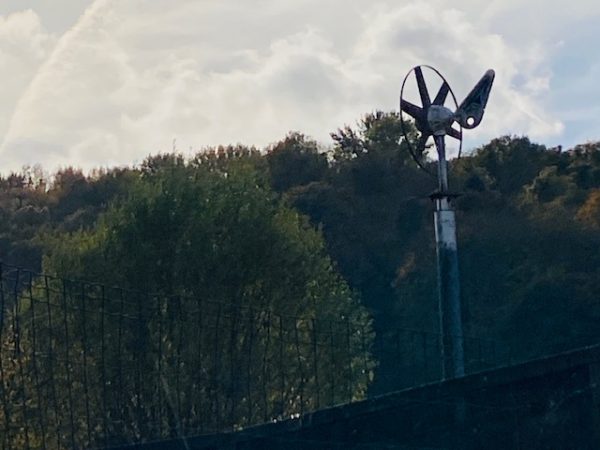














 (Image: Extrait of Paul Klee, Seiltänzer 1923)
(Image: Extrait of Paul Klee, Seiltänzer 1923)




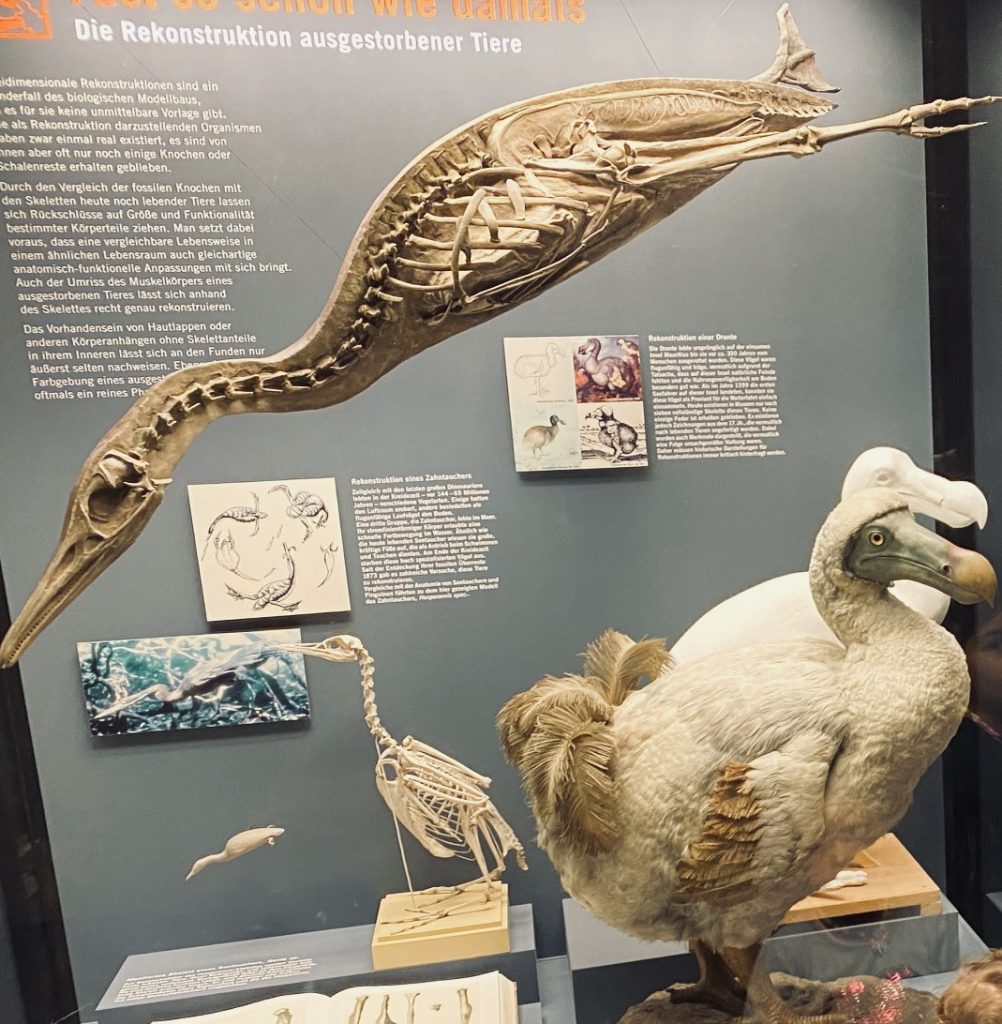

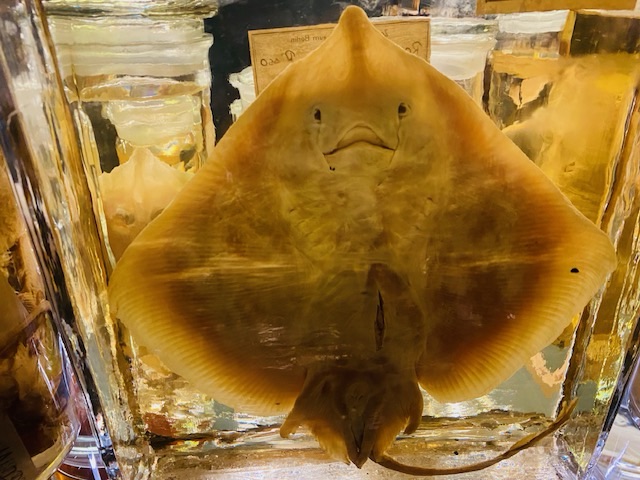
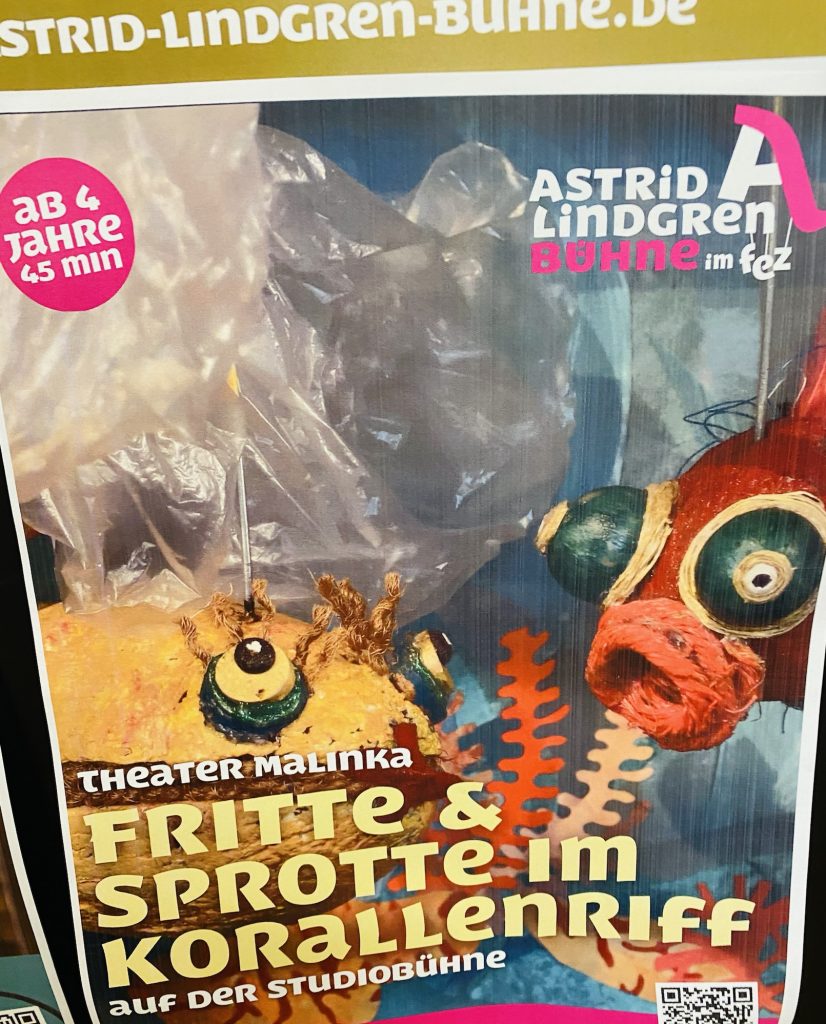
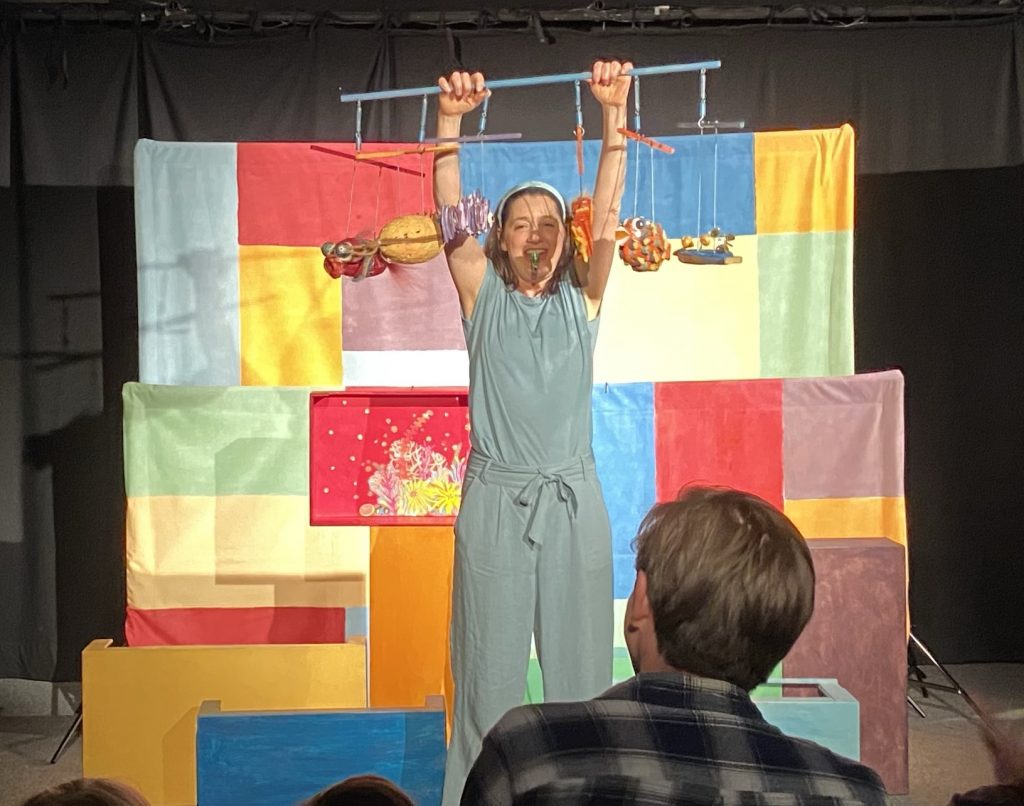
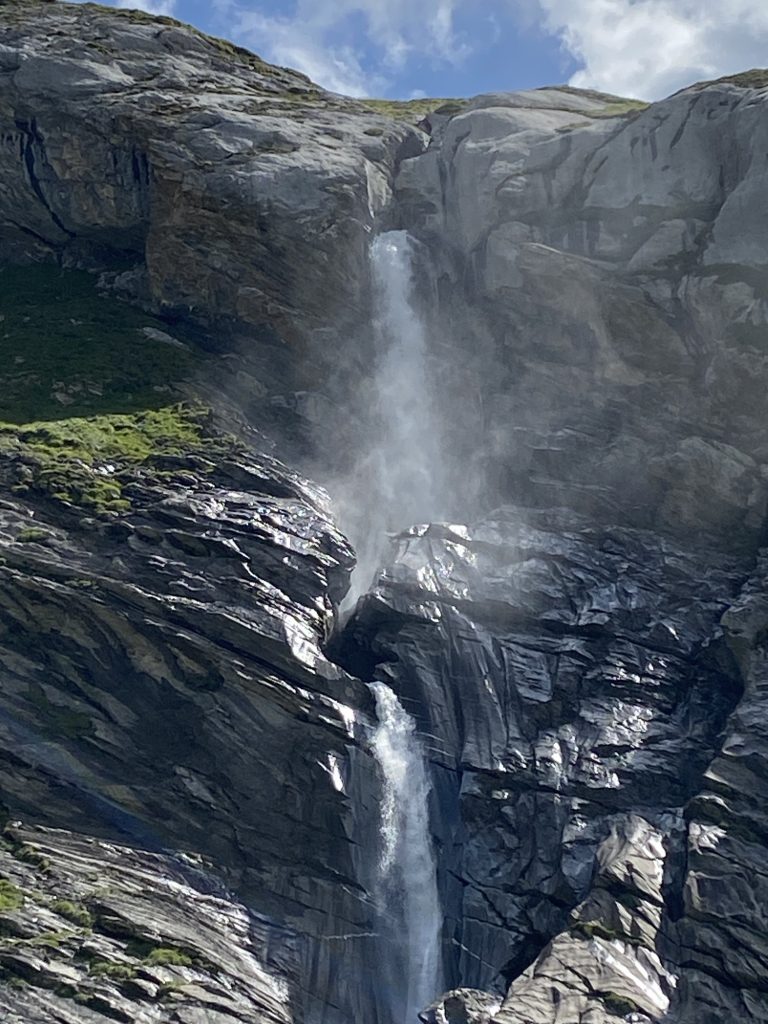
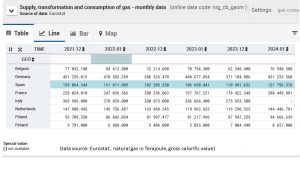 The comparison of December and January figures across years reflect the months with high sensitivity of the public for heat and cold. Further reductions of gas consumption is feasible due to the mild winter months of 23/24 which allow to reduce heating costs for many households and offices. Good news for the planet and hopefully a move in the right direction to shift away from heating with gas.
The comparison of December and January figures across years reflect the months with high sensitivity of the public for heat and cold. Further reductions of gas consumption is feasible due to the mild winter months of 23/24 which allow to reduce heating costs for many households and offices. Good news for the planet and hopefully a move in the right direction to shift away from heating with gas. 